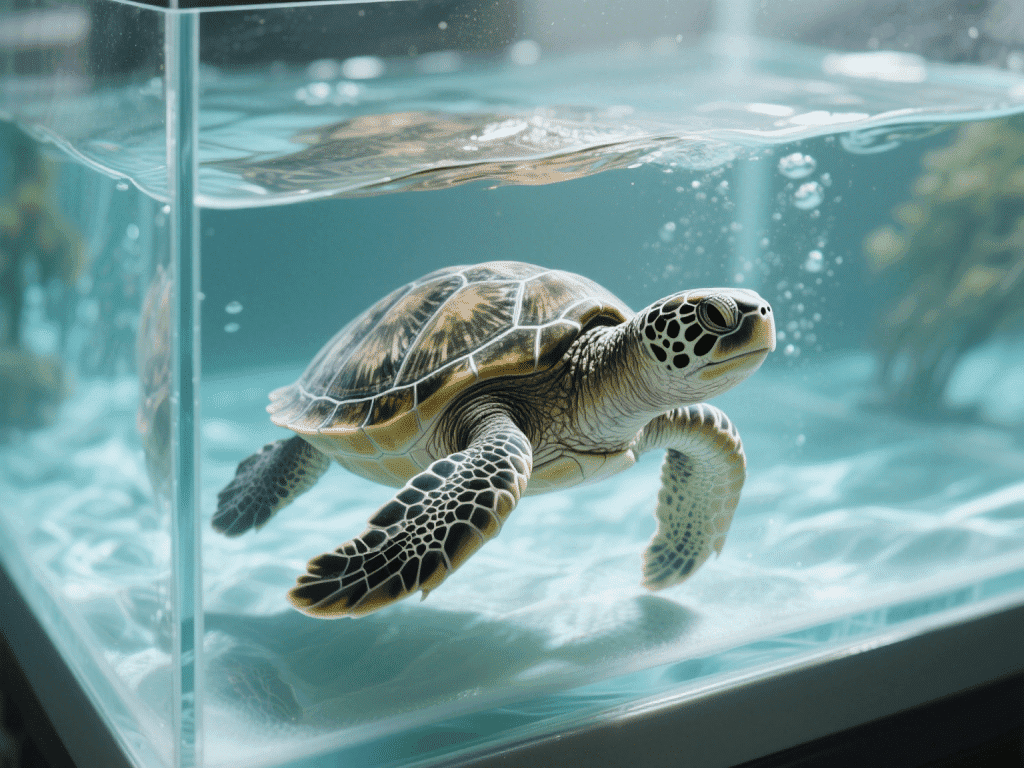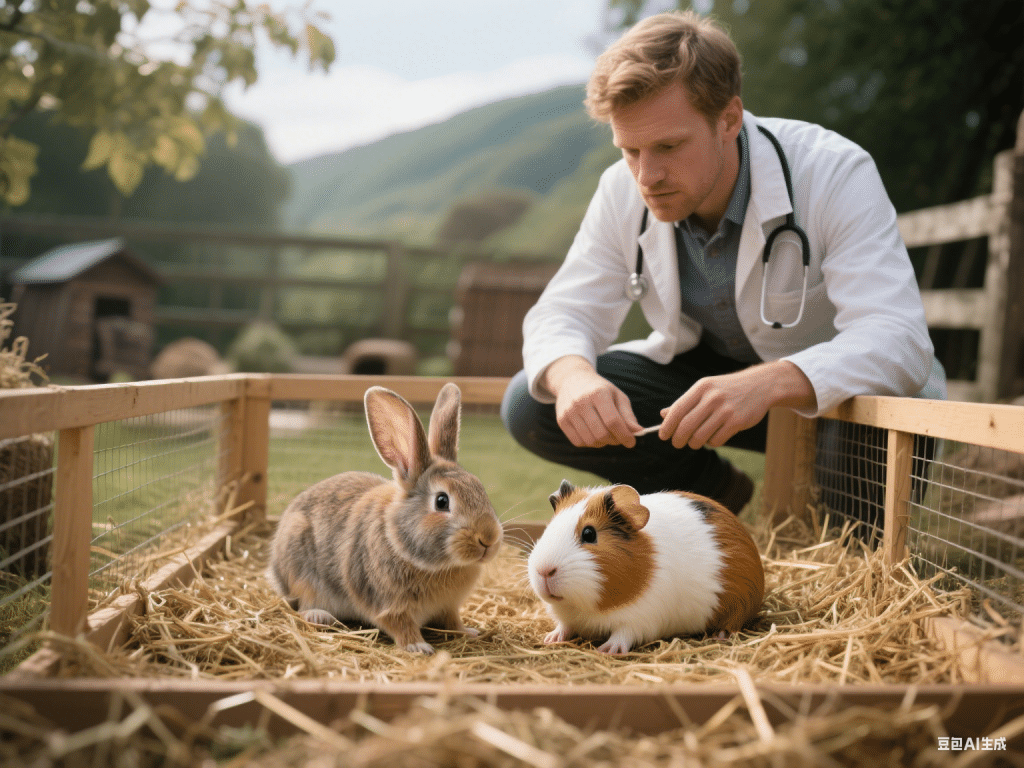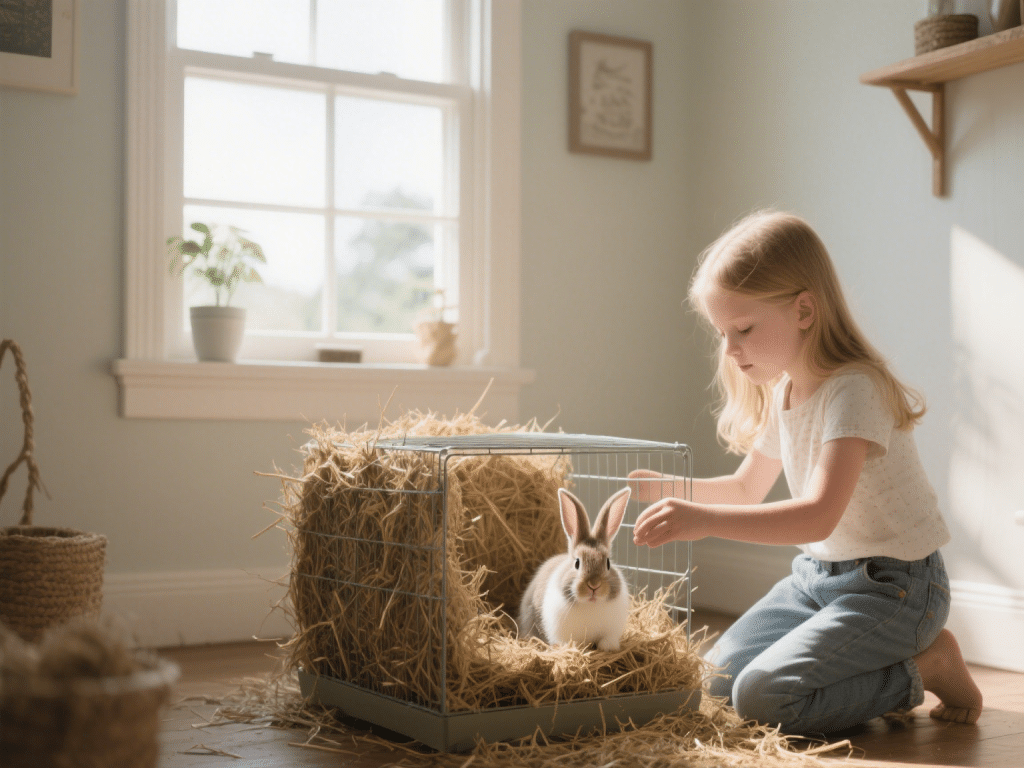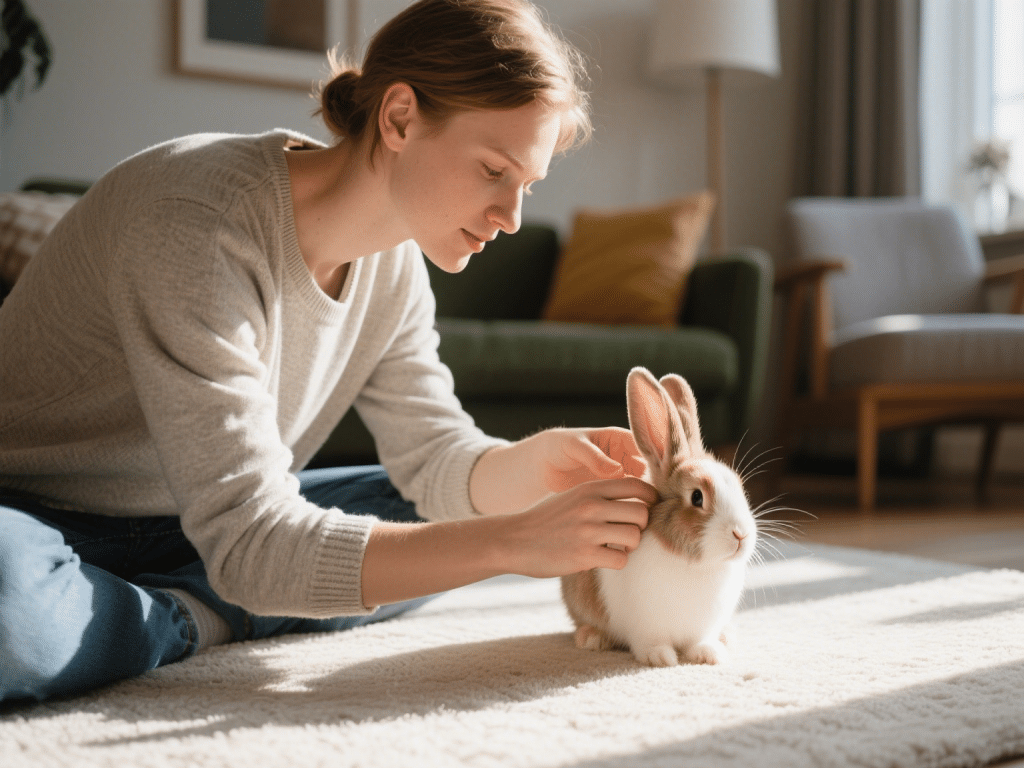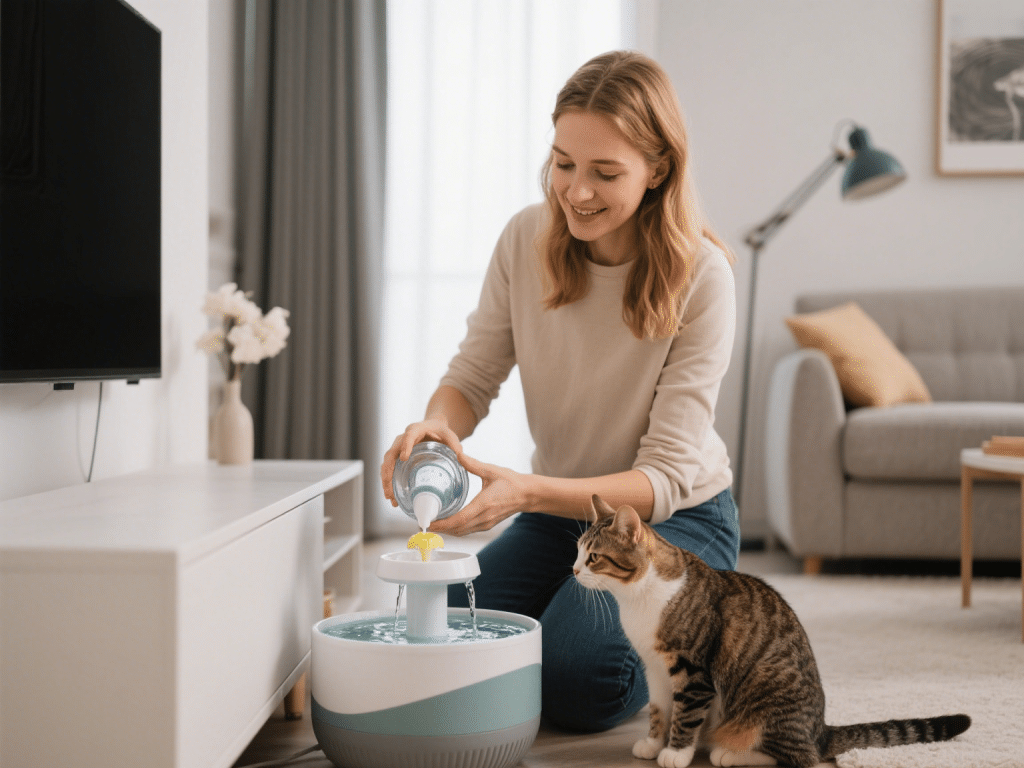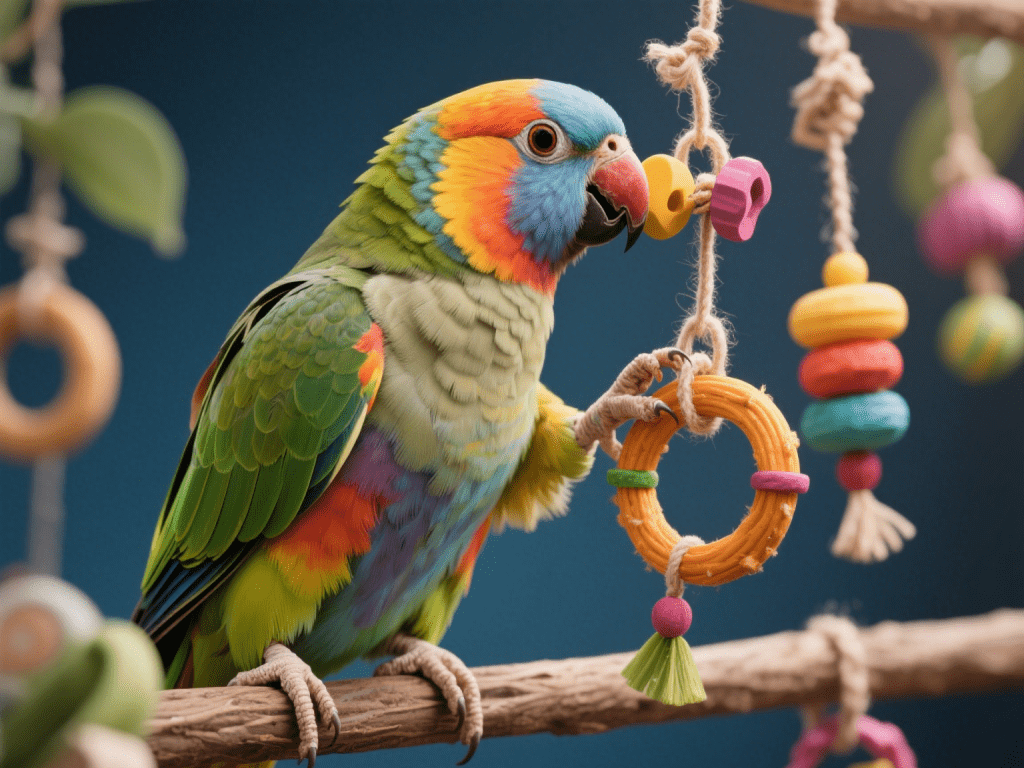
As a long‑time birdkeeper, I’ve seen parakeets thrive when given mental and physical enrichment. A bare cage leads to boredom, feather‑plucking, and behavioral issues. Let’s craft an aviary your parakeet will adore.
1. Cage Selection: Space and Safety
Choose a cage at least 24″×24″×30″ with horizontal bars for climbing. Non‑toxic powder‑coated steel prevents beak wear and rust.
2. Diverse Perching Options
– Natural Branches: Apple, willow, or eucalyptus provide variable diameters for foot health.
– Rope Perches: Soft on delicate feet and fun for climbing.
– Concrete Perches: Encourage nail filing but use sparingly to avoid foot sores.
3. Toy Rotation and Foraging Stations
Introduce 2–3 new toys weekly: bells, shredded paper bundles, mirrorless wood puzzles. Hide pellets or seeds inside foraging boxes to simulate natural feeding.
4. Sensory Enrichment
Parakeets love variety—offer swings, ladders, and puzzles. Incorporate foraging ladders where they navigate to find hidden treats.
5. Environmental Considerations
Position the cage where your bird sees household activity but avoids drafts and direct sunlight. A consistent day–night cycle (10–12 hours light) supports healthy behavior.
6. Social Interaction and Training
Parakeets are social. Spend 15–20 minutes daily on gentle handling and simple tricks (stepping up, target training). Positive reinforcement builds trust.
7. Flight Time and Safe Play Areas
If possible, designate a bird‑safe room for supervised flight. Remove toxic plants, cover mirrors/windows to prevent collisions, and keep ceiling fans off.
8. Monitoring Well‑Being
Healthy parakeets have bright eyes, smooth feathers, and produce consistent droppings. Early signs of stress include fluffed plumage, vocal changes, and feather picking.

